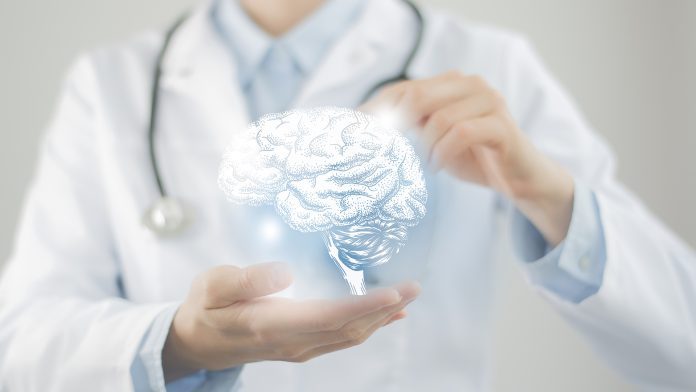
Researchers have identified a new method for predicting clinical outcomes for patients with ALS disease through magnetoencephalography.
The study by the Human Brain Project has found a new marker in the brain that can be measured during a resting state, highlighting the importance of brain flexibility in patients with ALS disease. The study was led by the Institut de Neurosciences des Systèmes in Marseille in collaboration with the University of Naples and Monash University in Melbourne.
The findings were published in Neurology, the medical journal of the American Academy of Neurology.
What is ALS disease?
ALS disease is a neurodegenerative disease of the brain and spinal cord. The condition causes loss of muscle control which limits a person’s ability to move and speak and eventually causes serious breathing problems. There is currently no known cure for ALS disease; however, treatments to improve symptoms, such as magnetic stimulation are in development.
“The behaviour of the brain of an ALS patient is often hard to understand. The impairments can be caused by neuronal dysfunction of a small area of the brain that influences a much larger area, meaning you need whole brain scans to make predictions of the clinical outcome,” explained Pierpaolo Sorrentino from the INS, the last author of the study.
“Patients can struggle with motor tasks during the scans. This new method, instead, can be applied to the brain at rest, making it easier for the patients and more consistent.”
The researchers analysed magnetoencephalography data collected from 42 ALS disease patients and 42 healthy controls. Magnetoencephalography (MEG) is the measurement of the magnetic field generated by the electrical activity of neurons and is used to create what is known as magnetic source imaging. This study has built on previous research from the Human Brain Project that used MEG to study Parkinson’s disease.
“A healthy brain is a flexible one, capable of reconfiguring itself to respond to stimuli, triggering neuronal avalanches across different areas. Think of it as a goalkeeper waiting for a penalty kick. If you are fast enough, constantly moving rather than standing in the same place is a better strategy for being ready for most possible trajectories,” said Sorrentino.
“The neuronal avalanches spread in patterns which we can monitor with whole-brain scans,” explained Arianna Polverino, lead author of the study. “We call the collection of all unique patterns the ‘functional repertoire’, a measurement of the flexibility of the brain.”
MEG can help predict patient outcomes
The researchers wanted to focus on quantifying the functional repertoire of the brains of people with ALS disease, even when the patient’s brain is in a state of rest.
“We found that a restriction of the functional repertoire corresponded to a more severe functional impairment. The more flexible the brain, the better the clinical outcome: the functional repertoire can be used as a reliable predictor of how the clinical outlook of a patient will likely evolve,” added Polverino.
“It is often difficult to tell how a particular therapy is working – now we might have a strong marker to predict its outcome,” said Sorrentino.
According to the researchers, the next step is to use this non-invasive method in a longitudinal study to track the evolution of the disease in a patient-specific way. This data can then be used to adjust the treatment accordingly.
“The ultimate goal is to apply the predictive power of the functional repertoire in personalised medicine, perhaps extending the same approach to brain dynamics to other, large-scale applications,” concluded Polverino.









